China will accelerate the negotiations on version 3.0 of the China-ASEAN free trade agreement (CAFTA), and make new contributions to the establishment of the China-ASEAN comprehensive strategic partnership, Shu Jueting, a spokesperson for the Chinese Ministry of Commerce (MOFCOM), told a regular press conference on Thursday.
Shu’s remarks came after the first round of consultations on version 3.0 of CAFTA negotiations started on February 7. The two sides held in-depth discussions on the procedural rules, organizational arrangements and work plans, and worked out a timetable and road map for follow-up negotiations.
The China-ASEAN free trade area was launched in 2002. Twenty years on, the two sides have continuously enriched and improved the CAFTA, giving strong impetus to the development of China-ASEAN economic and trade relations.
The agreement has become an important institutional cornerstone of China-ASEAN economic and trade ties, the official noted.
In November 2021, China proposed starting work on version 3.0 of CAFTA as early as possible, which drew a positive response from ASEAN leaders.
Shu added that the two sides recently formulated the procedural rules as well as the timetable and road map for the negotiations. The two sides will enhance and optimize existing areas such as trade in goods and investment, and further promote trade and investment liberalization and facilitation on the basis of the existing CAFTA and the Regional Comprehensive Economic Partnership Agreement (RCEP).
China and ASEAN will also actively expand cooperation in emerging areas, incorporate areas of common interest such as the digital economy, green economy and supply chain connectivity into the FTA, in a bid to build a more inclusive, modern, comprehensive and mutually beneficial free trade area.
The construction of version 3.0 of CAFTA is conducive to further stimulating two-way trade and investment potential, promoting regional economic integration and sharing new opportunities brought by the development of the digital economy and green economy. It will also contribute to building a new engine for regional economic growth, deepening cooperation in the industrial chain, supply chain and value chain between the two sides, and promoting mutual benefit and a win-win situation, Shu noted.
China plans to establish two demonstration zones for innovative economic and trade development with Indonesia and the Philippines, so as to fully leverage the RCEP, as China and ASEAN have become each other's largest trading partners.
Boosted by the RCEP, which came into force at the beginning of 2022, trade between China and the ASEAN members surged 15 percent year-on-year to 6.52 trillion yuan ($970 billion) in 2022, data from China’s customs showed.










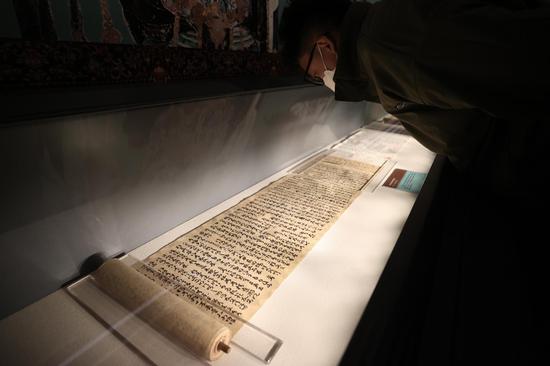
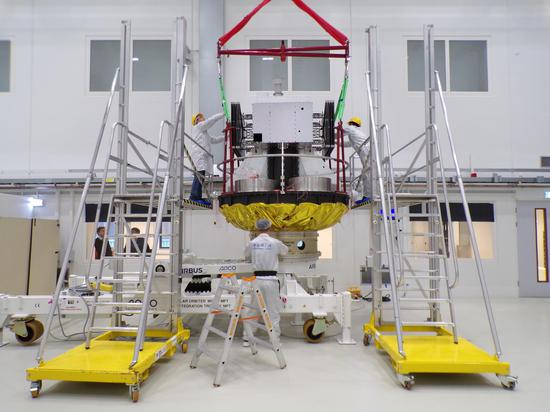
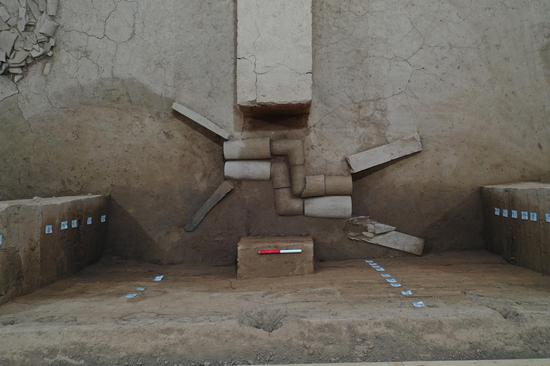
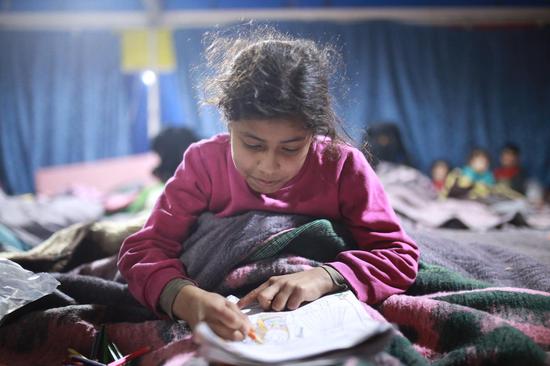
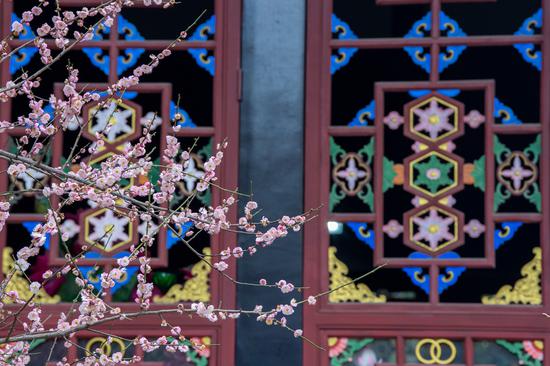



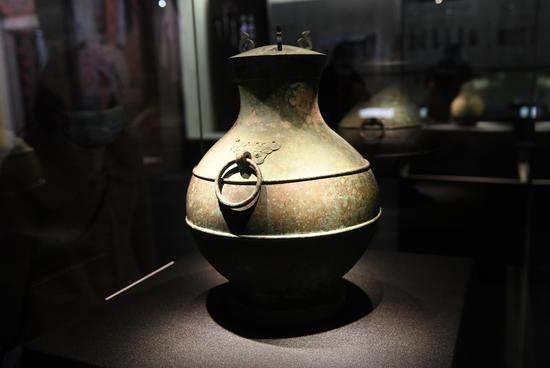


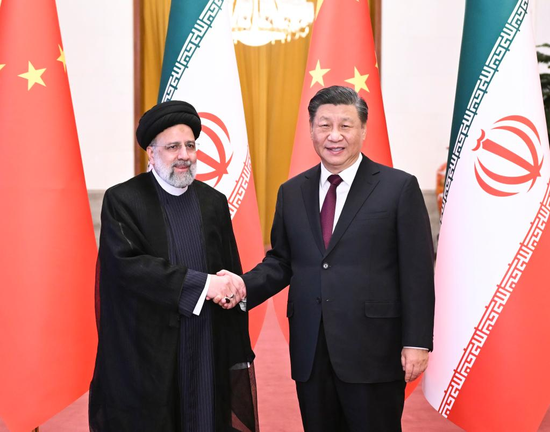
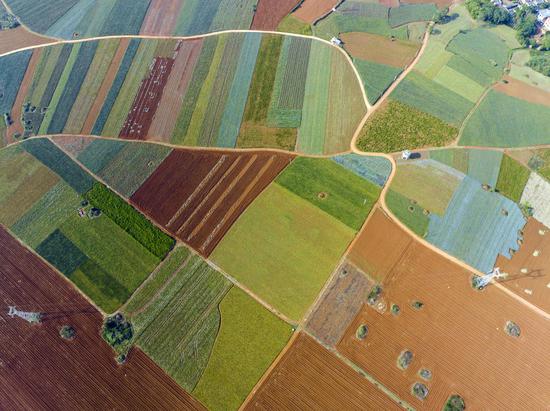


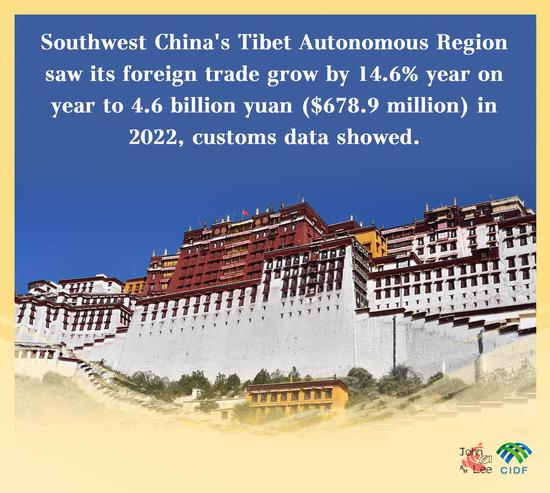
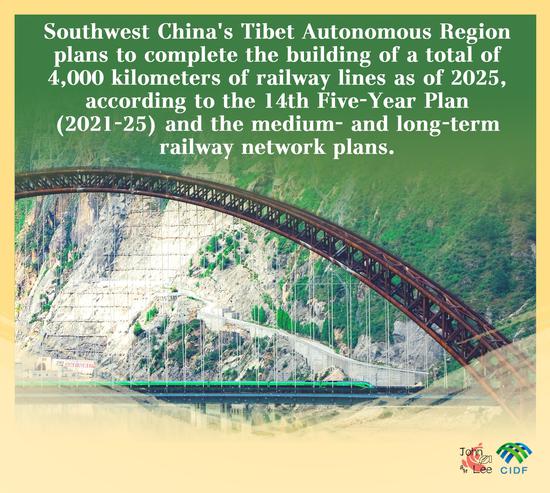



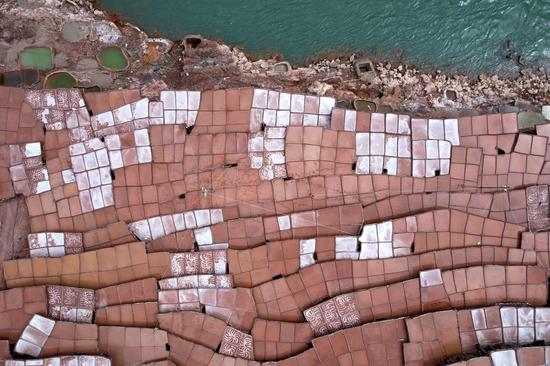



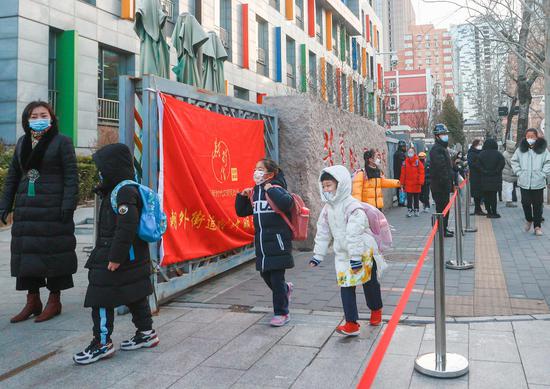





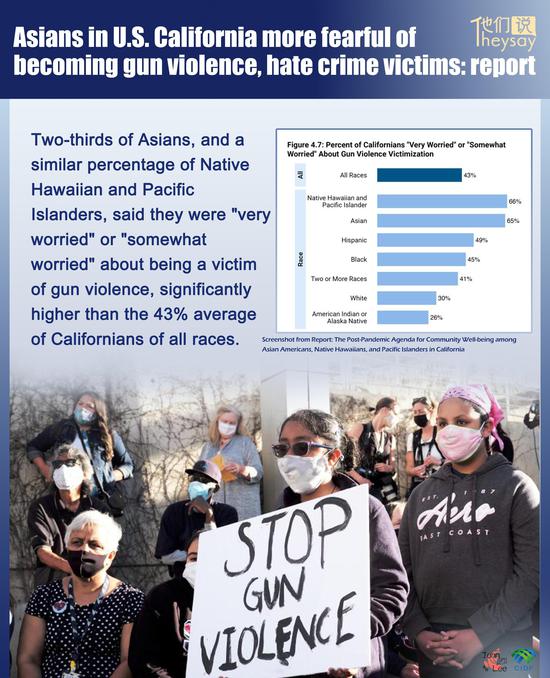

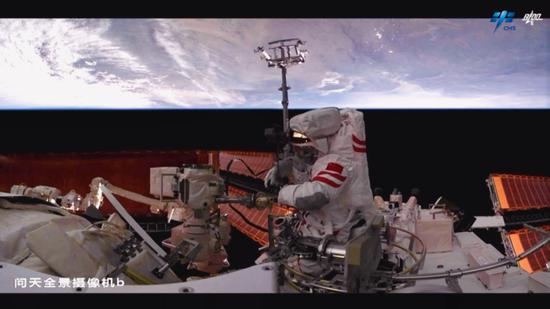







 京公网安备 11010202009201号
京公网安备 11010202009201号